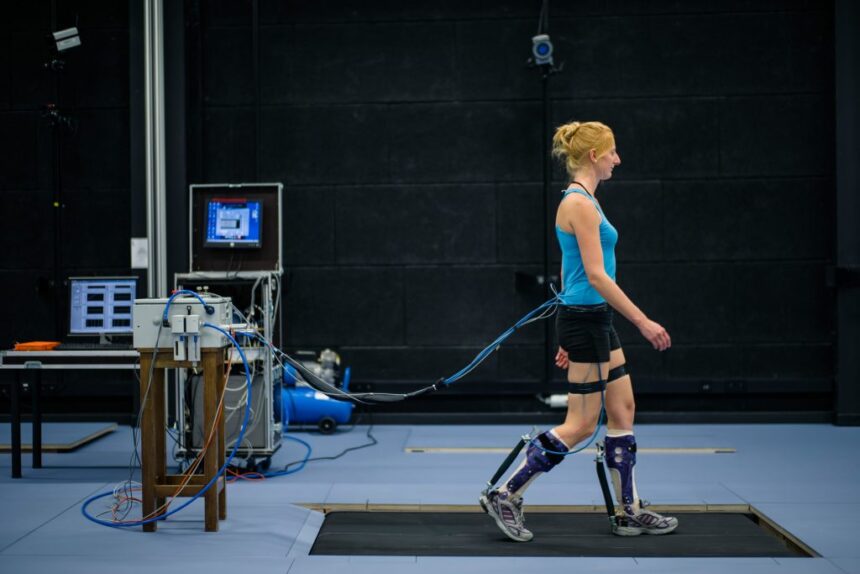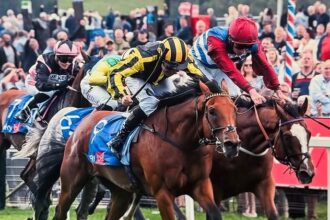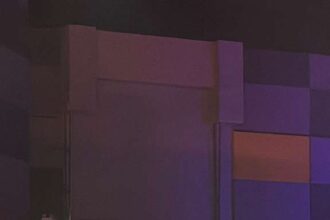In the high-performance world of modern sport, success is no longer defined by strength and stamina alone. Precision, efficiency, and injury prevention are just as vital. In the United Arab Emirates (UAE), a new wave of elite coaches is turning to science—specifically biomechanics—to refine athlete performance down to the millimeter. With state-of-the-art biomechanics labs now accessible in key sports hubs like Abu Dhabi, Dubai, and Sharjah, Emirates coaches are gaining a scientific edge that is reshaping the nation’s competitive future.
Biomechanics—the study of the mechanical laws relating to movement—has long been used in elite sports worldwide. But in the UAE, its application is expanding rapidly, integrated into daily training regimens, recovery plans, talent assessment, and injury diagnostics. Through motion capture systems, force platforms, electromyography (EMG), and 3D movement analysis, UAE coaches now have data-driven insight into every move their athletes make.
This isn’t about replacing instinct with tech—it’s about enhancing decision-making, optimizing performance, and extending careers. It’s about the UAE taking its place as a smart sports nation—one where science supports strength and data drives excellence.
The Rise of Biomechanics in UAE Sports Culture
Over the past decade, the UAE has invested significantly in sports science infrastructure. High-tech biomechanics labs, many built within universities, training centers, and elite academies, are now being routinely used by coaches from sports including football, swimming, athletics, jiu-jitsu, tennis, and cycling.
Initially adopted by national teams and pro clubs, these technologies are now filtering into youth academies and rehabilitation centers. UAE coaches are partnering with biomechanists, physiologists, and sports scientists to ensure that no motion goes unmeasured, and no inefficiency goes unnoticed.
The result is a revolution in training—where evidence replaces assumption, and every sprint, serve, or strike is refined with mathematical accuracy.
Motion Capture: Precision in Every Step
One of the most commonly used tools in UAE biomechanics labs is 3D motion capture technology. Similar to the systems used in animated film production, these setups involve cameras tracking reflective markers placed on the athlete’s body to record movement in real time.
Coaches analyze the footage to break down an athlete’s mechanics—joint angles, limb alignment, hip rotation, footstrike timing, posture symmetry, and more. Whether it’s a sprinter’s stride, a swimmer’s stroke, or a footballer’s kick, motion capture reveals what the eye cannot.
With this data, coaches can:
- Correct imbalances before they lead to injury.
- Improve form for greater power and speed.
- Customize drills for individual mechanics.
- Track progression over time with measurable benchmarks.
Force Plates and Ground Reaction Analysis
Underneath the athlete, another layer of science is at work: force plates, installed in training surfaces or treadmills, measure the exact pressure and timing of each footfall or jump.
These devices help UAE coaches understand how athletes interact with the ground—essential in sports that require explosive power, balance, or agility. For instance:
- In jiu-jitsu, force analysis helps improve takedown efficiency.
- In football, it helps determine if one leg is absorbing too much load.
- In track and field, it supports optimal start-block angles and landing form.
Through this data, coaches refine an athlete’s explosive technique while minimizing impact-related strain.
EMG: Reading the Body’s Electrical Signals
Electromyography (EMG) is used to monitor muscle activation patterns—detecting when, and how strongly, muscles fire during movement. UAE biomechanics labs apply EMG in training to help coaches understand:
- If the correct muscles are engaged during a movement.
- Whether secondary muscles are overcompensating for weak or injured ones.
- How fatigue affects muscular coordination late in games or competitions.
For example, in tennis, EMG might reveal if a player’s shoulder muscles are underactive during a serve, increasing elbow strain. The coach can then tailor strength training or modify technique to reduce risk and enhance power output.
Injury Prevention and Rehabilitation
Perhaps the most significant contribution of biomechanics to UAE coaching is in injury prevention and recovery. Coaches and physiotherapists work together using biomechanical data to design recovery plans tailored to the athlete’s unique body mechanics.
Before an athlete returns to full play, biomechanics assessments can:
- Confirm symmetrical movement has been restored.
- Ensure correct gait and posture post-injury.
- Monitor if there is compensation behavior that could cause new injuries.
These insights prevent reinjury, protect long-term health, and give coaches the confidence to reintegrate players safely.
Youth Development: Data as a Teaching Tool
In elite academies, UAE coaches are now using biomechanics not only to measure, but to educate. By showing young athletes video breakdowns of their own movement, with overlays of angles, timing, and force vectors, coaches help them visualize improvement and understand how small changes create big results.
Athletes become more engaged and curious—asking questions, learning anatomy, and taking ownership of their development. Biomechanics becomes not just a diagnostic tool, but a teaching platform that builds awareness, confidence, and critical thinking in future champions.








